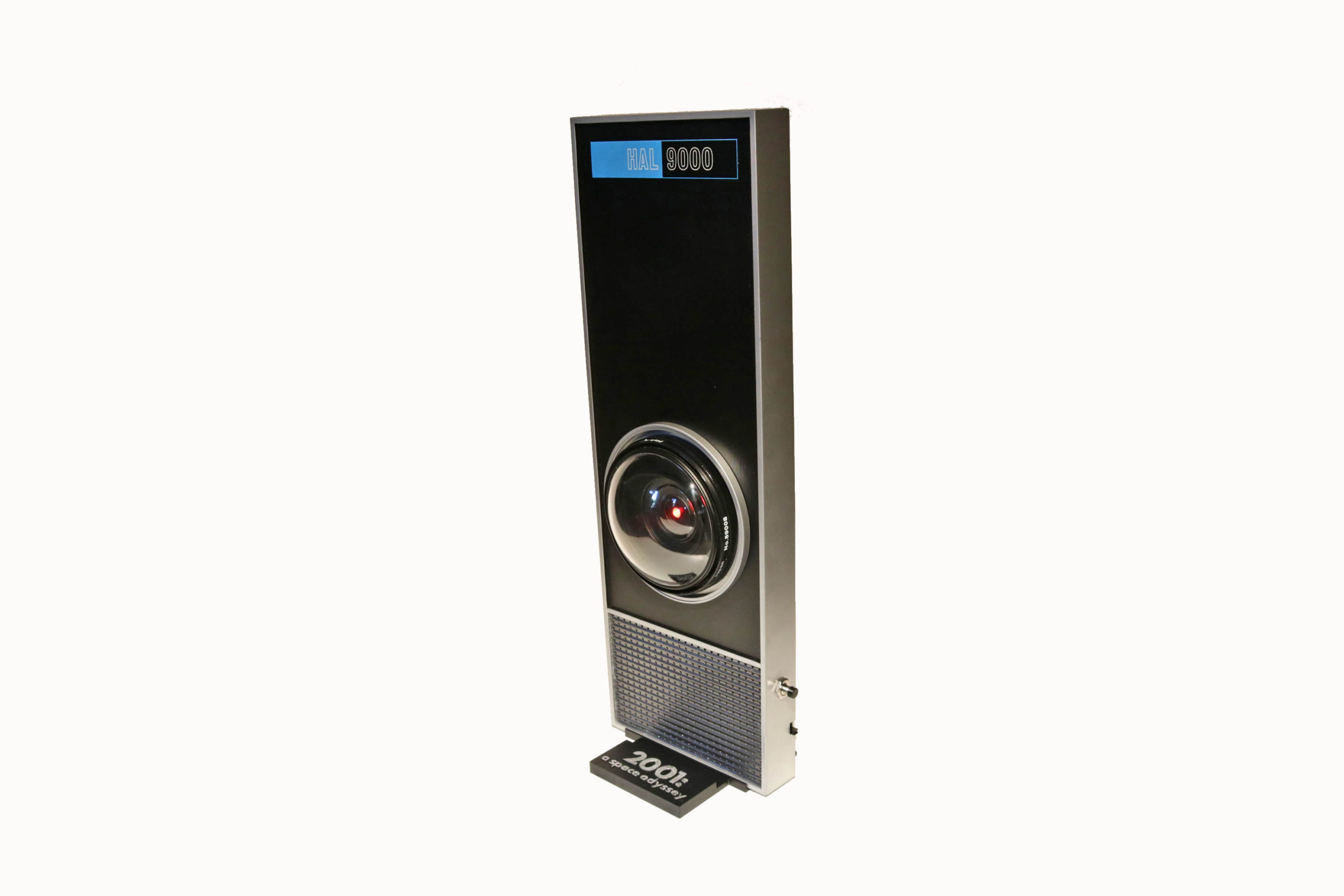

Over the next few decades, researchers built on the Voder. “Good afternoon, radio audience,” it uttered before marveled spectators, sounding more alien than human, yet remarkably intelligible. The enormous organ-like apparatus required a human operator to manipulate its keys and foot pedal. and are often designed as subservient female characters, they do sound quite lifelike and they tell a pretty good joke or two.Īt the 1939 World’s Fair in New York City, Homer Dudley of Bell Laboratories demonstrated the world’s first functional voice synthesizer: the Voder. While these assistants occasionally slip up - accidentally ordering $200 worth of laundry detergent, playing lullabies instead of news podcasts, etc. Intelligent audio assistants like Siri and Alexa are great for multitasking, allowing you to order pizza or hear the weather report while you’re engaged in other physical tasks (e.g. No matter where you’re going, most GPS apps can deliver helpful voice alerts as you travel, some in multiple languages. You can’t look at a map while you drive, but you can listen to instructions. TikTok’s Text-to-Speech synthesizer, for example, is a widely used accessibility feature, allowing anyone to consume visual social media content. If you’re visually impaired or handicapped, you might use TTS for reading text content or use a screen reader to speak aloud words. Helped along by apps, smart speakers, and wireless headphones, speech synthesis makes life easier by improving: You probably come across all kinds of synthetic speech throughout a typical day. Speech synthesizers take written words and turn them into spoken language. Below, is a visualization of eSpeak's output of the following: $ echo "Rudolph, the red-nosed reindeer, had a very shiny nose.Speech synthesis - also called text-to-speech, or TTS - is an artificial simulation of the human voice by computers. Short for "console-based audio visualizer for ALSA" (although it supports more than just ALSA now), cava is a nice MIT-licensed terminal audio visualization tool that's fun to watch. Because I've been eager to give each of these articles a unique screenshot as the lead image, and today's toy outputs sound rather than something visual, I needed to find something to fill the space. I'll also throw in a bonus toy today, cava.
#Hal 9000 voice synthesizer code#
eSpeak is made available as open source under a GPL version 3 license, and you can find out more about the project and download the source code on SourceForge. There are a number of voice files available for eSpeak, and if you're especially bored over the holidays, you could even create your own.Ī fork of eSpeak called eSpeak NG ("Next Generation") was created in 2015 from some developers who wanted to continue development of the otherwise lightly-updated eSpeak. Invoking eSpeak then can be invoked either interactively, or by piping text to it using the output of another program or a simple echo command.
#Hal 9000 voice synthesizer install#
In my distribution, this was as simple as: $ sudo dnf install espeak It's available in many forms, including a library version you can use to include speech technology in your own project, but it also coms as a command-line program that you can install and use easily. One of my favorites is the open source project eSpeak.

Some of them great, most of them, not so great. But between 1960s science fiction and today, there was a whole generation of speaking computers. Many of us will never forget HAL 9000 from 2001: A Space Odessey helpfully conversing with the crew (sorry, Dave). Some of you may be too young to remember, but before there was Alexa, Siri, or the Google Assistant, computers still had voices. We hope that even if you've seen some of these before, there will be something new for everybody in our series. We’re figuring that out as we go, but generally, it could be a game, or any simple diversion that helps you have fun at the terminal. If this is your first visit to the series, you might be asking yourself what a command-line toy even is. Greetings from another day in our 24-day-long Linux command-line toys advent calendar.



 0 kommentar(er)
0 kommentar(er)
